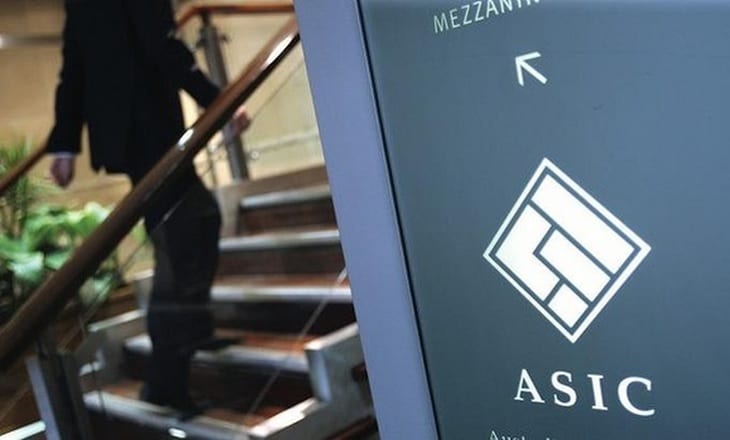ASIC and the Reserve Bank of Australia (RBA) announced that today welcome the publication of the ASX BBSW Trade and Trade Reporting Guidelines (ASX BBSW Guidelines).
The bank bill swap rate (BBSW) is the major interest rate benchmark for the Australian dollar and is widely referenced in financial contracts. A major concern over recent years has been the low trading volumes during the rate set window, the time of day that BBSW is measured. In response, the BBSW methodology is being strengthened to enable the benchmark to be calculated directly from a wider set of market transactions. ASX, the Administrator of BBSW, has been consulting market participants on this new methodology with the strong support of ASIC and the RBA.
The ASX BBSW Guidelines are an important part of the new BBSW methodology, as they provide guidance on the trading of bank bills during the rate set window. The ASX BBSW Guidelines also set out how these trades should be reported to the ASX to support the timely calculation and publication of BBSW.

Cathie Armour
ASIC Commissioner Cathie Armour said:
We believe the ASX BBSW Guidelines will support the market’s trust in the robustness and reliability of BBSW, as the market makes the transition to the new BBSW methodology based on trading in the rate set window. Importantly, the ASX BBSW Guidelines recognise that trades in bank bills should not be done for a purpose of seeking to influence the level at which BBSW is set or maintained.
The Government recently introduced legislation to implement financial benchmark regulatory reform and ASIC has consulted on proposed financial benchmark rules. We have worked with the ASX and are confident that the ASX BBSW Guidelines will meet the requirements under Australia’s proposed regime, including the proposed ASIC rules.
ASIC and the RBA expect all bank bill market participants – including the banks that issue the bank bills, as well as the participants that buy them – to adhere to the ASX BBSW Guidelines and support the new BBSW methodology. The rate set window should be the most liquid part of the day in the bank bills market, and market participants are likely to get the best outcomes for their institutions and their clients by trading during this period.
